| Data Sheet |
| |
| Scientific Name: | Xiphorphorus helleri | |
| Family: | Poeciliidae | |
| Origin: | Varies, depending on species. Several different species have been noted. | |
| Adult Size: | Males up to 4 inches (5cm -10cm), females slightly larger. | |
| Social: | Generally peaceful. | |
| Lifespan: | Approximately 4 years | |
| Tank Level: | Top, Middle. |
|
| Minimum Tank Size: | 10 gallons | |
Diet: | Omnivore, Eats most food. | |
Breeding: | Lifebearer | |
Care: | Easy | |
Ideal pH: | 7.0 - 8.0 | |
Temperature: | Depends on species. Most species ideal temperature about 18-28C (64 to 81 F) | |
| Sexing: | Only males have the 'sword' and a gonopodium (modified anal fin). Females have a gravid patch. | |
| Breeding: | The female is best removed to a separate tank to give birth. There may be 20-80 or more young, depending on the size of the female. | |
| Description:The males are elongated, with the adults having a long sword shaped Caudal fin extension formed from the eight lowermost fin rays. Females are more robust and lack the sword. In both sexes the Dorsal fin has a straight outer edge. There has been much cross breeding within the family to produce many different colors and fin shapes. Habitat/Care:Provide with live plants rocks, roots etc. The addition of Mixing with other fishes:All Swordtails are peaceful and are not aggressive except during competition for a single female by more than one male. The male platy may have a few playful joists with the male swordtails with the same intentions in mind. A large tank is not required, but plenty of open swimming space should be provided. Plants are an ideal tank decor for the swordtail, and good light levels are appreciated. The pH should be slightly alkaline and the water should be hard. Diet:Omnivorous, its diet includes both plants and small crustaceans, insects, and annelid worms. readily accept a wide variety of foods, including live foods such as mosquito larvae, tubifex, and daphnia. These live foods provide some vitamins that often are lost in dry foods during storage. Frozen dried foods are also readily accepted, and are good alternatives to live foods. The advantage of frozen dried foods is the reduced risk of disease that may be transmitted via live foods. Because swordtails possess an intestinal tract that is longer than carnivores, they benefit from the roughage found in vegetables. In addition to flake foods containing vegetable matter, cooked peas, lettuce, or spinach may be used as supplemental foods. Most swordtails are primarily top feeders, as is evidenced by their upturned mouth. Foods that fall to the bottom, or that are not eaten within five minutes should be removed promptly to avoid fouling the water. |
Breeding:As the male matures the Anal fin develops into a structure for reproduction called the Gonopodium. The Gonopodium can be moved in almost any direction and stores the sperm in packs called spermatophores. Once the sperm is inserted into the female it fertilizers her eggs and the rest is stored in the Oviduct walls for later use. Females also exhibit superfoetation, a process in which sperm are stored within the oviducts of the female. A single mating can result in broods of fry over a period of months or even years. As one batch of eggs develop, the next batch of eggs begin to ripen. Once the fully develop fry are born, the next batch of eggs can be fertilized immediately using the stored sperm. This process allows for smaller periods of time between births, thus producing more total offspring.Fertilization of the eggs takes approximately two days, and additional sperm are stored in the oviduct to be used for producing future broods.The eggs are very rich in yolk and the young develop by consuming their yolk stores. In light colored females pregnancy can be recognized by the growing dark body marking in front of the Anal fin. From the time of egg fertilization it takes approximately four weeks for the fry to fully develop. Subsequent broods will follow at the same four week intervals, however temperature and the length of daylight can play a factor. Longer days and higher temps result in shorter periods of time between broods. Birth almost always occurs at dawn or shortly thereafter. Brood sizes range from 50 to 200. Young Livebearers are fairly large at birth and their development is very advanced. They can swim right away, which is needed to avoid their enemies including their parents who give no natal care whatsoever. Adults will eat the fry if they are hungry, therefore it is important to keep the parents well fed. The aquarium should be well planted with live or artificial vegetation, to allow the fry places to hide. Water changes and cleaning must be often to avoid the build up of lethal toxins such as ammonia and nitrites. The fry grow very rapidly and will eagerly accept fine flake food. An interesting fact on Swordtails is their ability to change sexes. All young swordtails are female and if a potential male starts to develop early, he will continue to become a slender small male. If a potential male goes through a female stage complete with the typical female form and gravid spot, he will develop into a large thickset "late" male. | |
Photo Galley
Got a photo? Contact me.
|  Green Swordtail Green Swordtail |  Marigold Lyertail Swordtail Marigold Lyertail Swordtail |
 Pineapple Swordtail (female) Pineapple Swordtail (female) |  Swordtail Tuxedo Swordtail Tuxedo |  Swordtail black marble |
 Swordtail Red Comet Swordtail Red Comet |  Swordtail Green Wagtail Swordtail Green Wagtail |  Double swordtail (just kidding! This is a guppy not a swordtail) |
Links to other awesome Swordtail sites:
1) http://www.asianaquariums.com/ awesome collection of swordtails for sale. Many of the pics above in the gallery are available in this site.2) http://www.aquariumfish.net another site selling swordtails online. In particular, the red eye longfin swordtail and the neon swordtail are of interest.
got a link? Contact Me.References Cited:
1) Badman's tropical fish: Xiphorphorus helleri[Online] Available http://badmanstropicalfish.com/profiles/profile27.html
2) SwordTail [Online], Available http://www.thetropicaltank.co.uk/Fishindx/swordtal.htm
3) Marigold Wag Swordtail, [Online], Available http://freshaquarium.about.com/cs/livebearers2/p/mwagsword.htm
4) SwordTails [Online], Available
http://www.aquariacentral.com/species/db.cgi?db=fresh&uid=default&ID=0539&view_records=1
5) Green Swordtail [Online], Available http://en.wikipedia.org/wiki/Swordtail
6) The Age of Aquarium: Xiphorphorus helleri [Online], Available, http://www.aquahobby.com/gallery/e_sword.php
7) Swordtail: Family: Poeciliidae [Online], Available, http://animal-world.com/encyclo/fresh/livebearers/swordtails.php
8) The Xiphophorus Genetic Stock Center [Online], Available http://www.xiphophorus.org/xgsc.htm

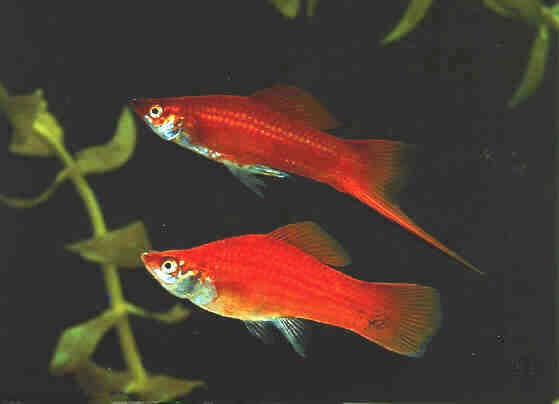
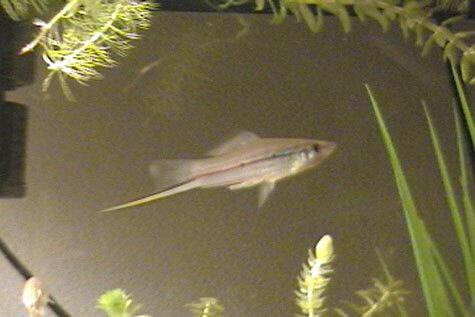
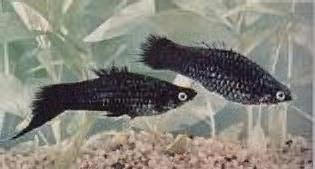


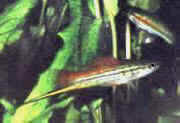
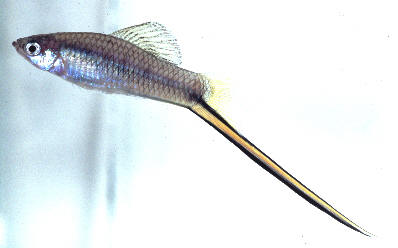
 Marigold Wag Swordtail
Marigold Wag Swordtail




















No comments:
Post a Comment